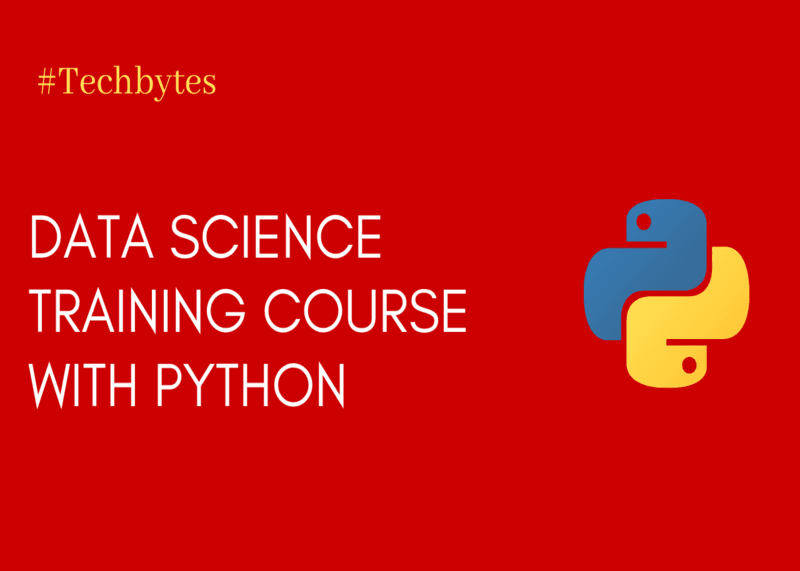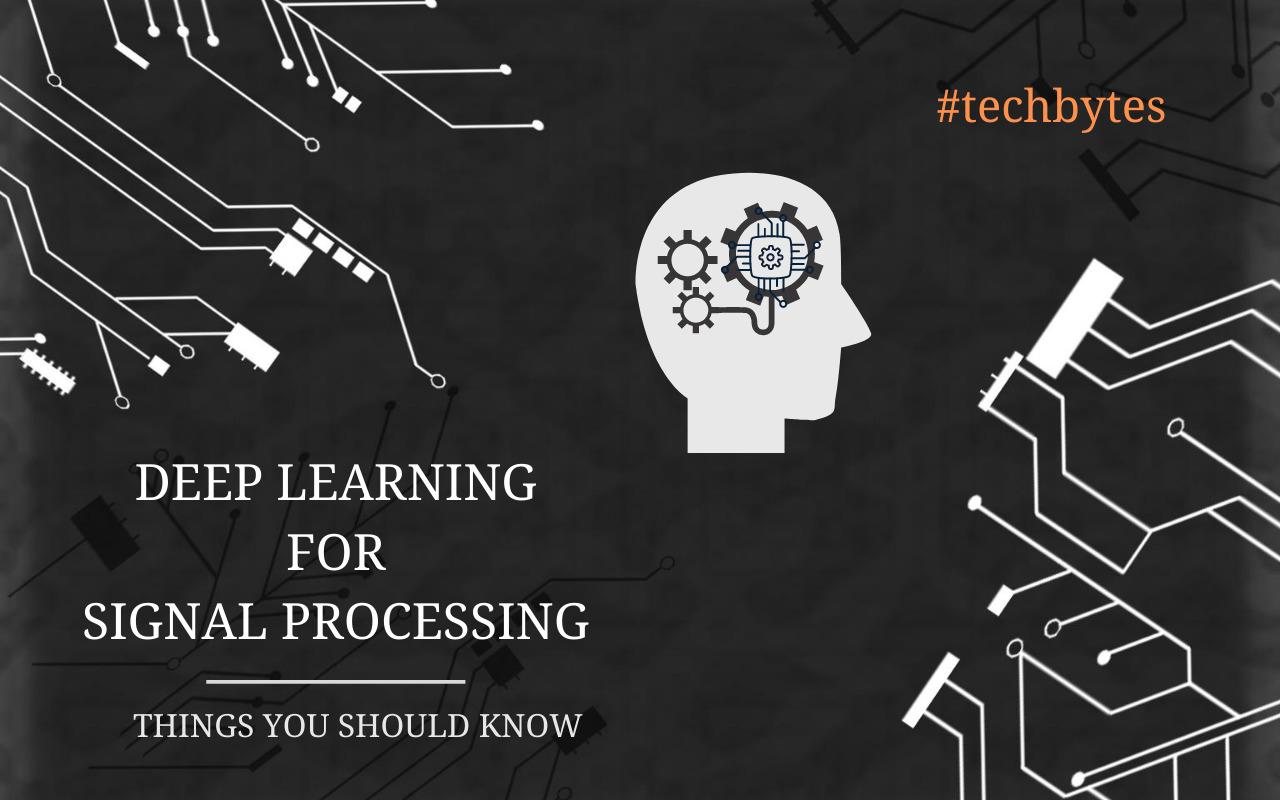
How Human and AI Can Work Together to Create Better Businesses – Techbytes
How Humans and AI Can Work Together
Unlike companies of the 20th century, most of the modern-day businesses focus on a global marketplace. The requirements and business topologies have changed a lot in the last few decades. Everything is striving to become more flexible, decentralized, and generalized to maximize customer reach. However, there must be a stint of rules and bureaucratic authority in the system to ensure proper governance.
At a TED talk held in BCG Mumbai, Sylvain Duranton focuses on the integration of businesses and artificial intelligence. According to him, the main challenge faced by people sitting at the top of the hierarchy is the lack of proper bureaucracy.
Instead of reducing the number of employees, companies are working towards a culture in which AI is added to the top of existing employees. Researchers, data scientists, and tech teams are exclusively working on this integration. Despite a tedious and time consuming process, it has positive implications for an organization’s future.
What is the importance of Human Intervention in AI systems?
Many people argue that it is a good step to make completely automated systems, which will save monetary and human resources for an organization. Although this argument is valid to some extent, it also has some pitfalls.
Human intervention is necessary because, in the present day, AI lacks intuition. It performs very well when it comes to recommendation systems and chatbots, but it is not able to simulate empathy and emotion, which is a crucial factor while interacting with customers. The internet is full of incidents of Amazon’s notifications popping up for the correct product, but at the wrong time.
Another instance supporting the counter-argument is the example of an AI program for diagnosing patients. If patients from a certain locality have been diagnosed with heart diseases so far, then the AI will presume upcoming patients from that area to have cardiovascular disease. A similar situation arises in admission systems, stock-market programs, recommendation engines, etc. In such situations, human intervention is essential to supervise the outliers and rectify them for the proper functioning of businesses.
Domains where Humans and AI are working with efficiency
Even though many businesses are reluctant to introduce AI into their system, some of them have demonstrated its capability. Companies like Google are rigorously focusing on collecting data from humans via crowdsourcing and use it to create ardent AI engines. We can witness it in the form of Google Duo, Deepmind, Google search, etc.
After the unfortunate accidents of B-737 aircraft, aviation companies have increased their focus towards the development of a system for efficient communication of computer intelligence with that of pilots. This is because analyses of the plane crash led to a conclusion that the pilots failed to interact with the command system. AI can be used to resolve this problem by carving out a system between manual flight and autopilot mode.Even though AI has defeated world champions in chess and computer games, it is not yet ready to completely overtake bureaucracy and businesses. There is a grey area lying between the accuracy of AI and its possible exceptions (false positives), which raises a big question on its reliability. Furthermore, the collaboration of AI and human intelligence has so far resulted in positive growth rates of many businesses, as human intelligence is robust while AI saves time by eradicating redundancy. That is why, humans are needed to supervise AI to create more reliable and less error-prone systems.
Our Perspective
Even though AI has defeated world champions in chess and computer games, it is not yet ready to completely overtake bureaucracy and businesses. There is a grey area lying between the accuracy of AI and its possible exceptions (false positives), which raises a big question on its reliability. Furthermore, the collaboration of AI and human intelligence has so far resulted in positive growth rates of many businesses, as human intelligence is robust while AI saves time by eradicating redundancy. That is why, humans are needed to supervise AI to create more reliable and less error-prone systems.


